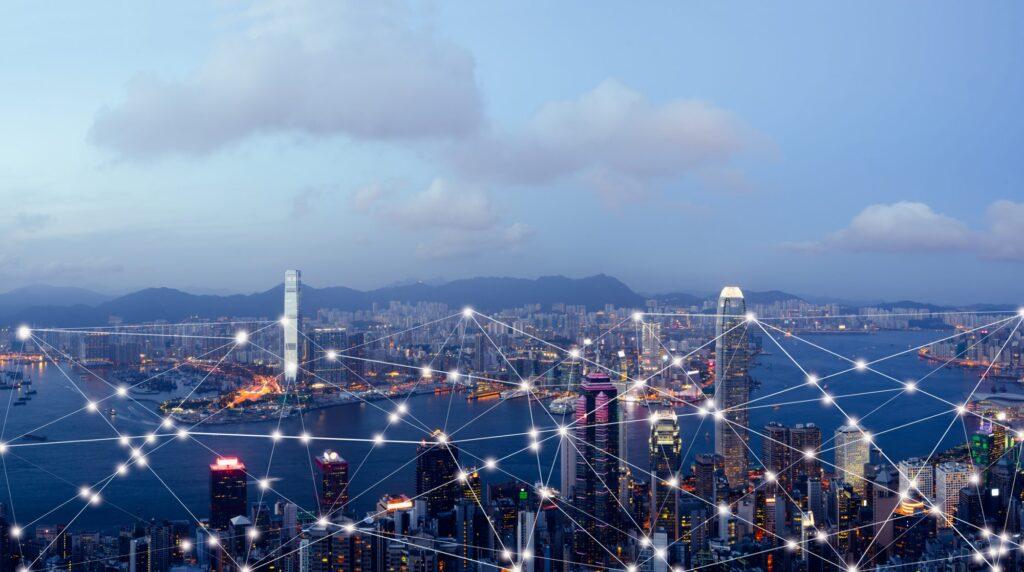Water technology company Idrica has recently published areport on its expected water technology trends for 2022.
According to the company, the six water technology trendsfor 2022 are: advanced metering infrastructure (AMI), digital twins,intelligent asset management, geographical information systems (GIS), artificialintelligence, and 5G. The company argues that these global trends are set to bringinnovative use cases to revolutionize the water industry.
In a world where data is the most valuable asset, AMI isfundamental given the amount of information it can produce. This infrastructurecan improve all business processes and help utilities and consumers make betterdecisions — especially because of the large numbers of sensors deployed on themcompared to other IoT systems in the industry.
Moreover, digital twins, defined as a virtual copy of thewater supply system that simulates how it behaves, help to make betterdecisions thanks to the holistic view they provide of the system and theirability to simulate real and fictitious scenarios. Thus, utilities cananticipate the response of the network to any circumstance affectingoperations, whether it has occurred before or not, helping them to assessdifferent scenarios.
In recent years, leading water utilities have been buildingintelligent asset management into their processes. As a result of thedeployment of sensors on their infrastructure and the implementation of othertechnologies such as micro-metering, GIS and SCADAs, utilities have anever-increasing volume of information available. In this context, intelligent assetmanagement integrates and organizes all this data in order to make betterdecisions. The water industry is beginning to add this tool with the ultimategoal of maximizing efficiency, bringing significant economic and environmentalbenefits by reducing costs and energy consumption.
[Dating tips] How to Date Your Ex Again: Rekindle the Fire and Avoid Heartbreak Dating your ex again can be a risk.… https://t.co/EV5razgHR2
— David Mark Tue Dec 29 09:32:12 +0000 2020

GIS has become anessential tool for water utilities, helping them to extract value from theirdata to improve their business processes. These systems enable companies tointegrate and represent an ever-increasing flow of information. In practice,any data with geospatial content can be represented in a GIS — for example, tomonitor changes that water utilities make to their distribution infrastructure.This enables utilities to bring together the value of the location and itsinformation in a single tool, where it can be centrally managed, providingessential information to guide actions and solve problems.
Furthermore, artificial intelligence (AI) helps to providemore sustainable management of water resources. Within AI, Machine Learning(ML) has huge potential in the industry. One of its main advantages is that itautomates processes that are costly to manage manually. This improves theaccuracy of the results, which are calculated at high computational speedthanks to the infrastructure that underpins them. Thus, utilities can makebetter decisions because they have real-time information about what ishappening in the infrastructures. Other branches of AI being applied to water includevoice and vision recognition systems, and Natural Language Processing (NLP).
Finally, 5G opens up radically new business opportunities thatwere not previously possible. Water utilities globally are transforming theirprocesses as a means to achieve greater water and energy efficiency. Thisjourney includes securely leveraging the value of data obtained from sensors inorder to make better decisions.
Thanks to its low latency and its ability to connectmillions of devices, 5G is set to become a key ally for utilities. Moreover,against a background of increased transparency, this technology will help toliberate and democratize data, making it more accessible.
The six technologies that Idrica defines in its report are important tools for the sustainable management of water. In 2022, and over the next few years, utilities willcontinue to optimize their management thanks to these technology trends, amongother developments.









